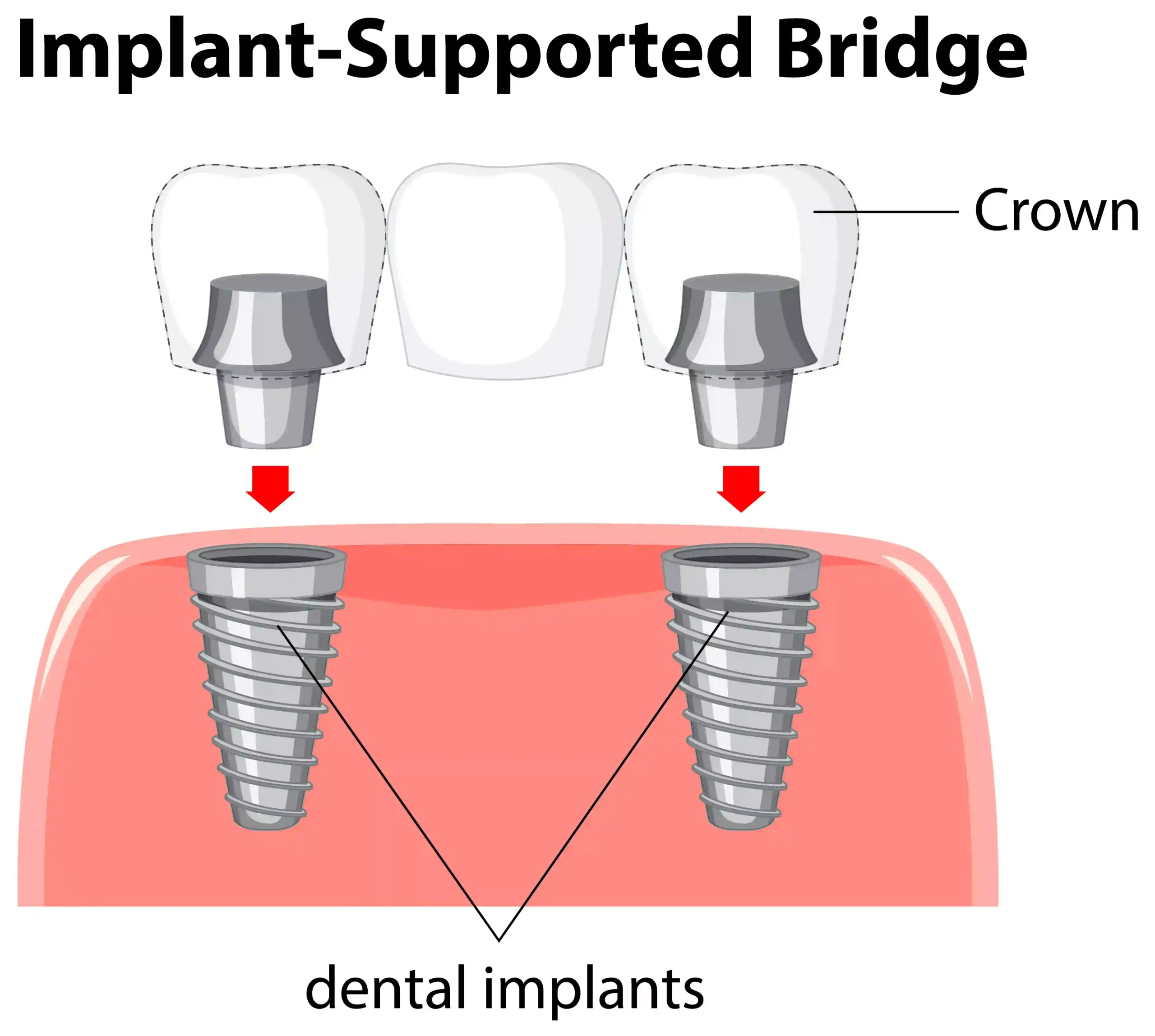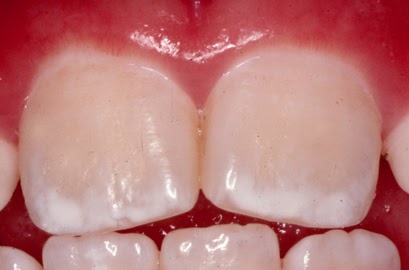Dental Bridge Vs Implant

When it comes to replacing missing teeth, two of the most popular options are dental bridges and dental implants. Both have their own set of advantages and disadvantages, and the choice between them depends on various factors, including the patient’s oral health, budget, and personal preferences. In this article, we will delve into the details of dental bridges and implants, exploring their differences, benefits, and drawbacks, to help you make an informed decision.
Understanding Dental Bridges
A dental bridge is a fixed appliance that replaces one or more missing teeth by bridging the gap between the remaining teeth. It consists of two crowns, one on either side of the gap, and a false tooth (or teeth) in between, which is known as a pontic. The bridge is cemented onto the adjacent teeth, providing a stable and secure restoration. Dental bridges can be made from a variety of materials, including porcelain, ceramic, and metal.
Understanding Dental Implants
A dental implant, on the other hand, is a surgical procedure that involves embedding a titanium post into the jawbone to support a prosthetic tooth. The implant fuses with the surrounding bone tissue, creating a strong and durable foundation for the artificial tooth. The implant is topped with a crown, which is designed to match the natural teeth in shape, size, and color. Dental implants can be used to replace a single tooth, multiple teeth, or even a full set of teeth.
Key Differences Between Dental Bridges and Implants
While both dental bridges and implants are effective solutions for replacing missing teeth, there are some key differences between them. Here are a few:
- Invasiveness: Dental implants are a surgical procedure, which means they require incisions and healing time. Dental bridges, on the other hand, are a non-surgical procedure that involves minimal invasion.
- Support: Dental implants are supported by the jawbone, whereas dental bridges are supported by the adjacent teeth.
- Durability: Dental implants are generally more durable and long-lasting than dental bridges, with a lifespan of up to 20-30 years or more. Dental bridges typically last for 10-15 years.
- Appearance: Both dental bridges and implants can be designed to match the natural teeth, but implants tend to look and feel more like real teeth.
- Cost: Dental implants are generally more expensive than dental bridges, especially for multiple tooth replacements.
Benefits of Dental Bridges
Despite the differences, dental bridges have several benefits that make them a popular choice for many patients. Here are a few:
- Faster procedure: Dental bridges can be completed in a shorter amount of time, typically within two to three weeks.
- Less invasive: As mentioned earlier, dental bridges are a non-surgical procedure, which reduces the risk of complications and healing time.
- More affordable: Dental bridges are generally less expensive than dental implants, making them a more accessible option for patients on a budget.
- Easy maintenance: Dental bridges are relatively easy to clean and maintain, and they can be repaired or replaced if needed.
Benefits of Dental Implants
On the other hand, dental implants have several benefits that make them a preferred choice for many patients. Here are a few:
- Natural feel and look: Dental implants are designed to mimic the natural teeth, providing a more authentic and confident smile.
- Long-lasting: Dental implants can last for decades with proper care and maintenance, making them a more permanent solution.
- Bone preservation: Dental implants help preserve the jawbone and prevent bone loss, which can occur when teeth are missing.
- Independent support: Dental implants are supported by the jawbone, which means they don’t rely on adjacent teeth for support.
Pros and Cons of Dental Bridges
- Pros:
- Faster procedure
- Less invasive
- More affordable
- Easy maintenance
- Cons:
- Less durable
- May require more frequent replacements
- Can put additional stress on adjacent teeth
Pros and Cons of Dental Implants
- Pros:
- Natural feel and look
- Long-lasting
- Bone preservation
- Independent support
- Cons:
- More invasive
- Higher cost
- Requires surgical procedure
- May require multiple visits
Case Studies: Real-Life Examples
Let’s consider a few case studies to illustrate the differences between dental bridges and implants.
- Case 1: A 30-year-old patient with a missing front tooth opted for a dental bridge. The procedure was completed in two weeks, and the patient was satisfied with the results. However, five years later, the bridge required replacement due to wear and tear.
- Case 2: A 50-year-old patient with multiple missing teeth opted for dental implants. The procedure required several months of healing time, but the patient was thrilled with the final results. The implants have lasted for over 10 years with minimal maintenance.
Step-by-Step Guide to Dental Bridges
- Initial consultation: Discuss your options with your dentist and determine if a dental bridge is the right choice for you.
- Preparation: The adjacent teeth are prepared for the bridge by removing a small portion of the enamel.
- Impressions: Impressions are taken of the prepared teeth to create a model for the bridge.
- Cementation: The bridge is cemented onto the prepared teeth.
Step-by-Step Guide to Dental Implants
- Initial consultation: Discuss your options with your dentist and determine if a dental implant is the right choice for you.
- Surgical procedure: The implant is surgically embedded into the jawbone.
- Healing time: The implant requires several months of healing time to fuse with the surrounding bone tissue.
- Crown placement: The crown is placed on top of the implant.
Conclusion
In conclusion, both dental bridges and implants are effective solutions for replacing missing teeth. While dental bridges are a more affordable and faster option, dental implants provide a more natural, long-lasting, and durable solution. Ultimately, the choice between the two depends on your individual needs, budget, and preferences. It’s essential to consult with your dentist to determine the best course of treatment for your specific case.
What is the main difference between a dental bridge and an implant?
+The main difference between a dental bridge and an implant is that a bridge is a fixed appliance that relies on adjacent teeth for support, whereas an implant is a surgical procedure that involves embedding a titanium post into the jawbone to support a prosthetic tooth.
How long do dental bridges last?
+Dental bridges can last for 10-15 years with proper care and maintenance. However, they may require more frequent replacements and maintenance compared to dental implants.
Are dental implants worth the cost?
+Dental implants can be a significant investment, but they provide a more permanent and low-maintenance solution compared to dental bridges. With proper care and maintenance, dental implants can last for decades, making them a worthwhile investment for many patients.

